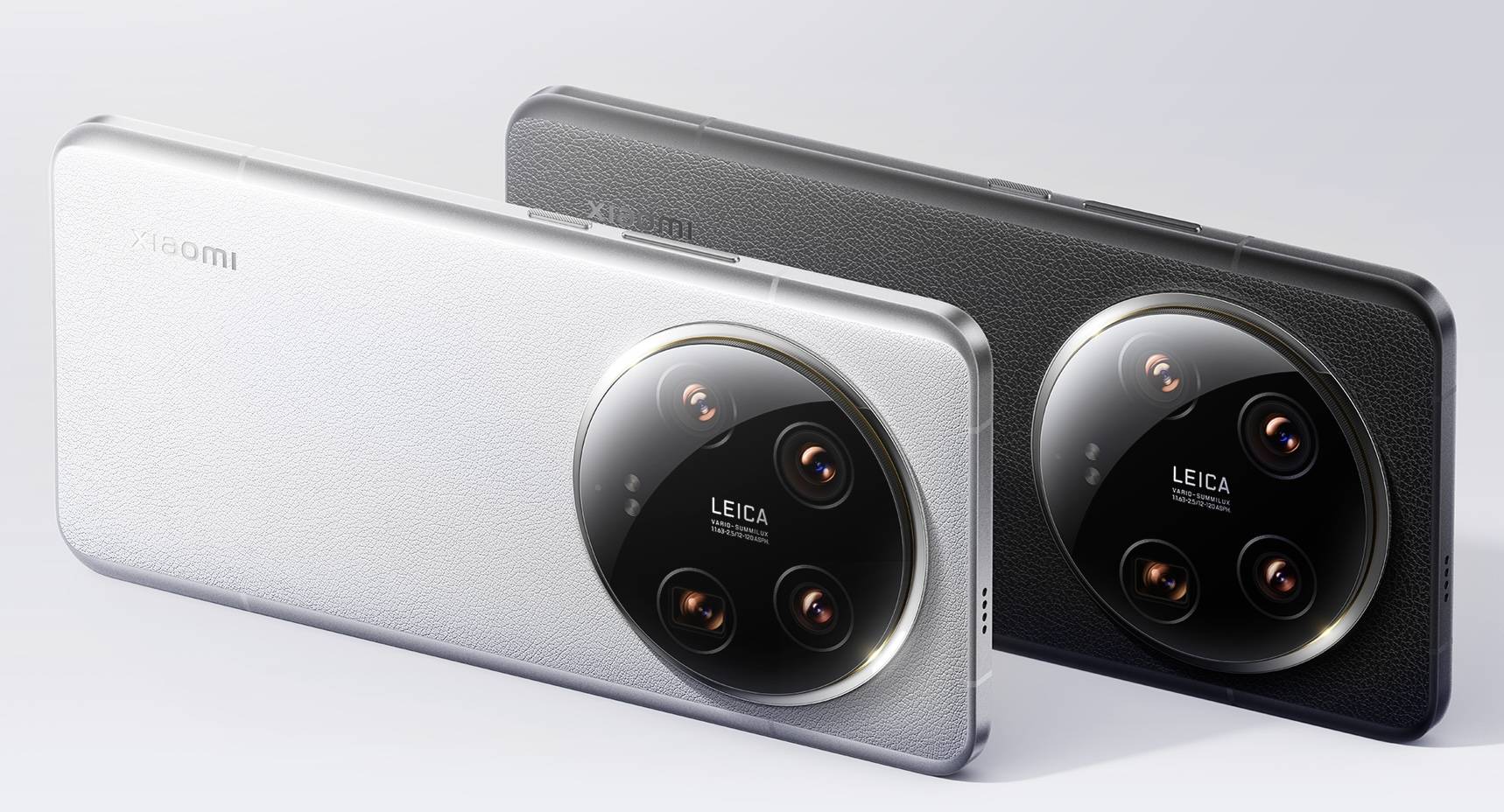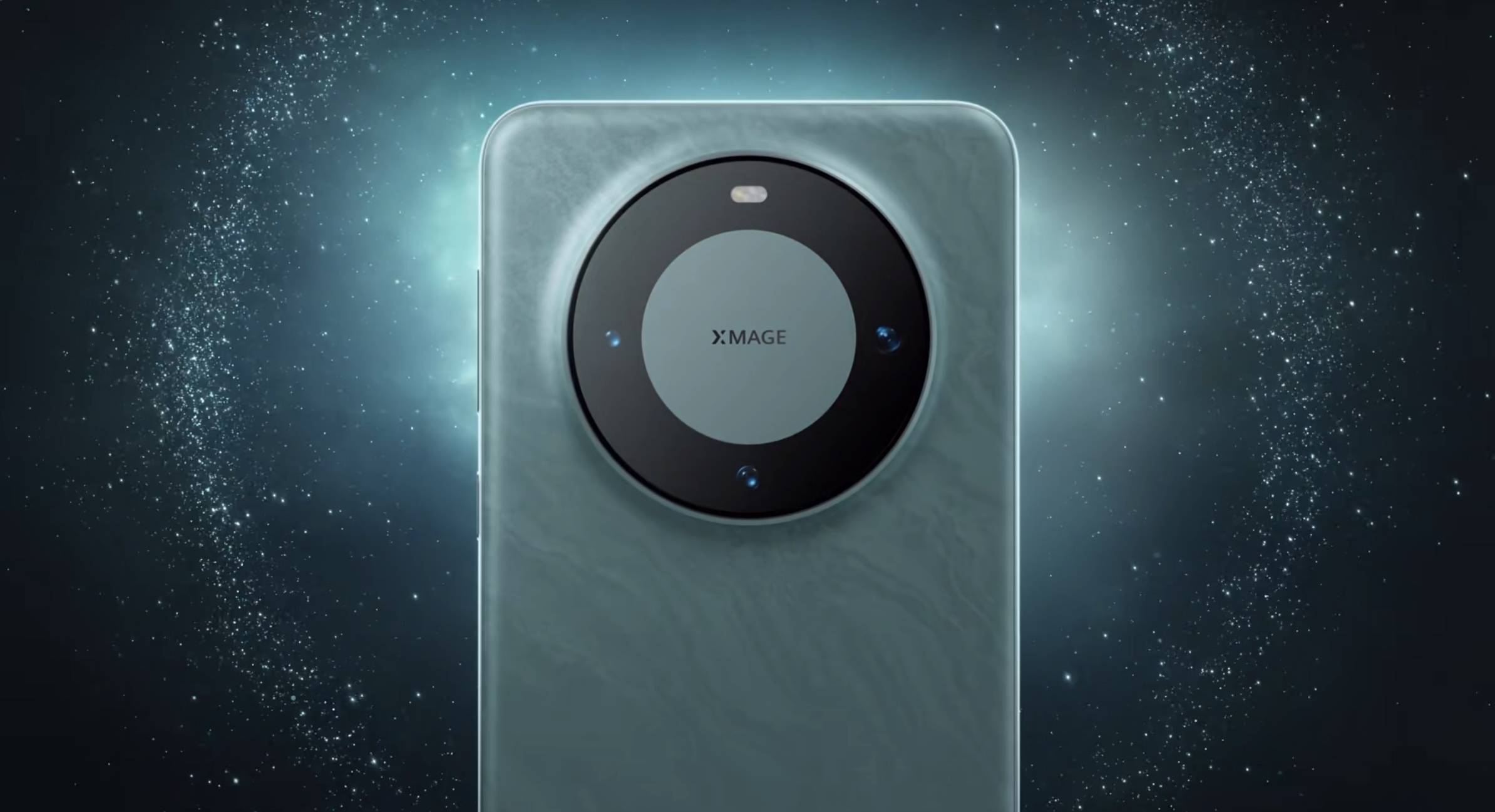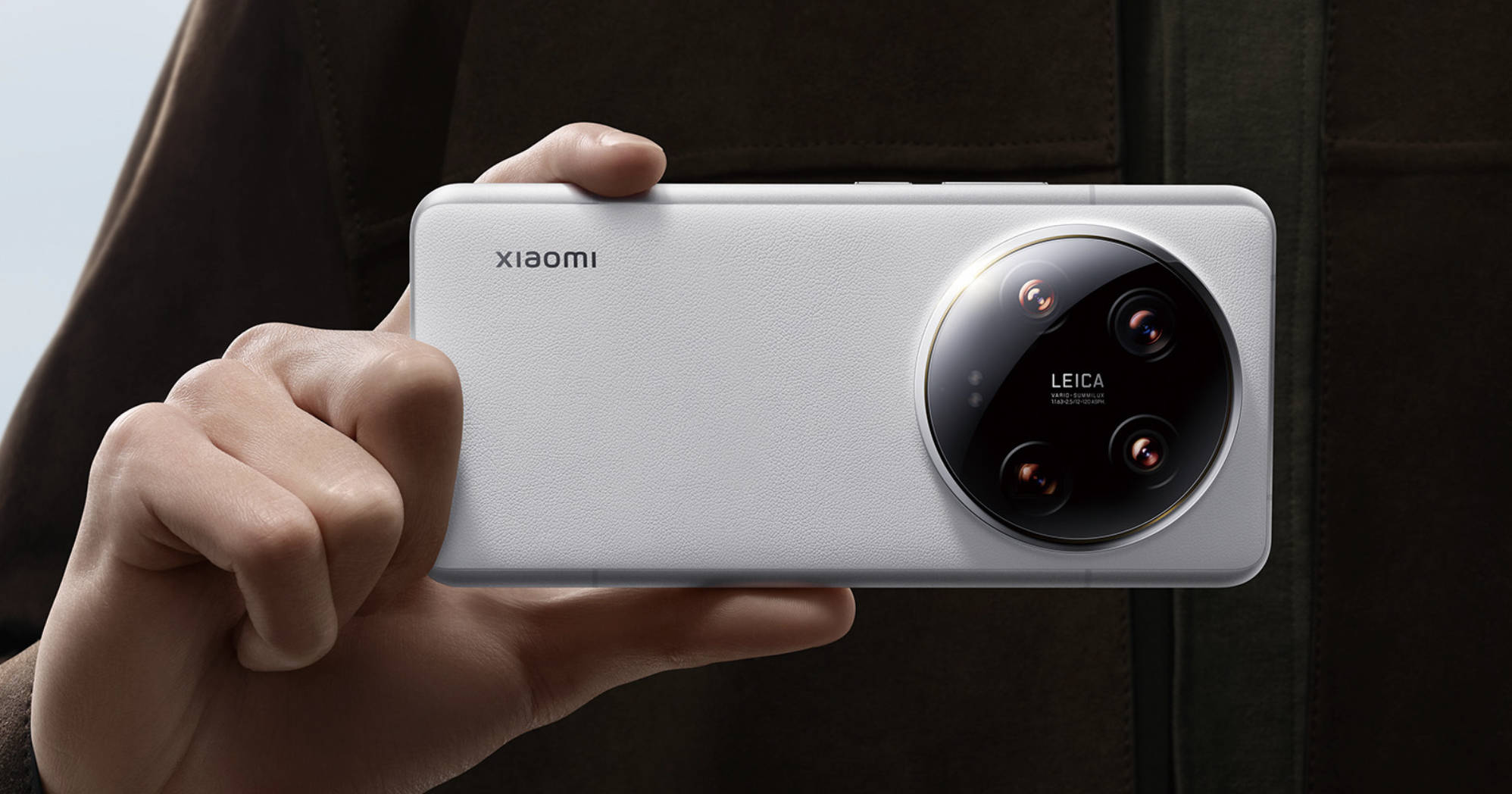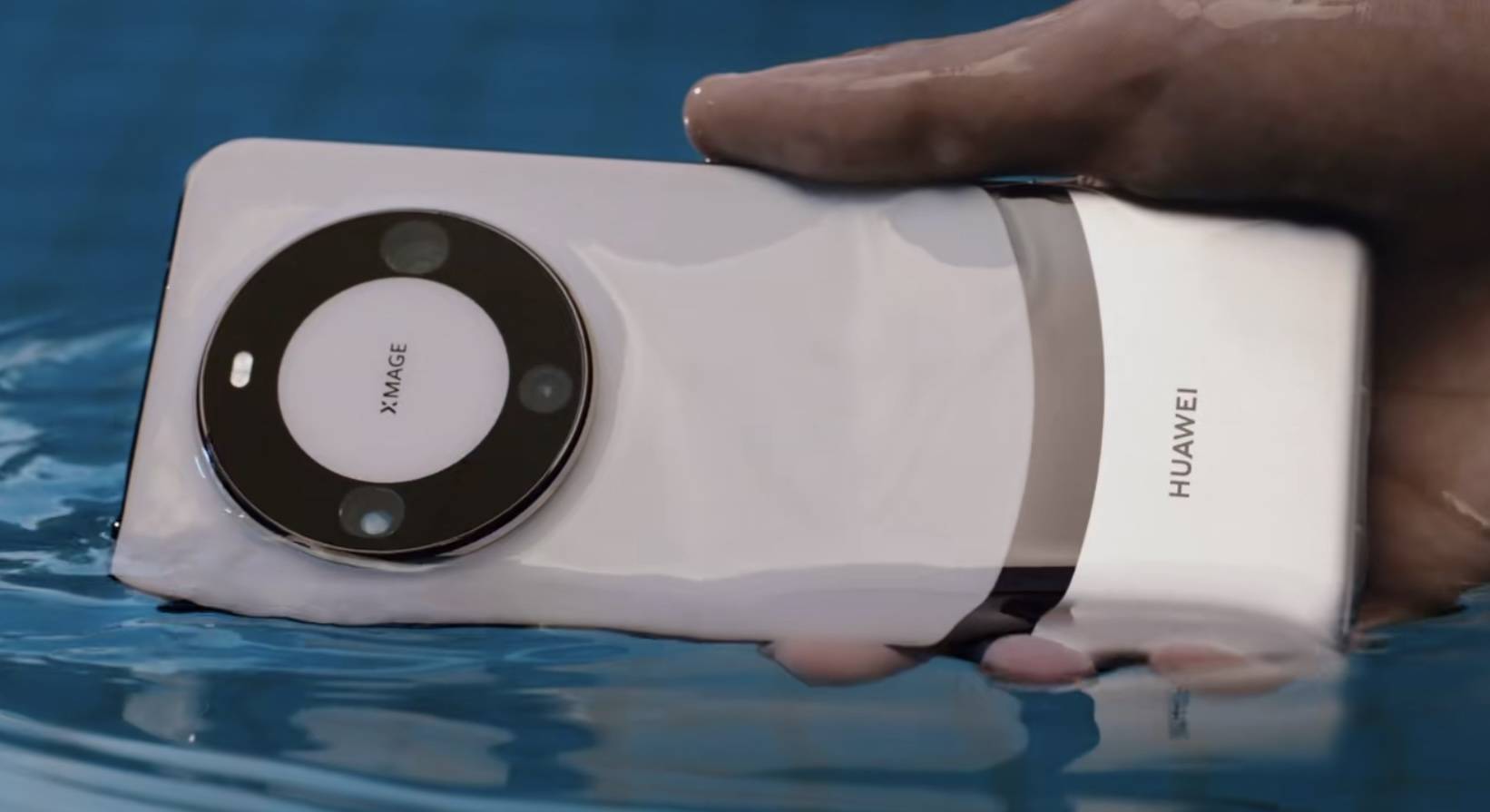Comparison of Huawei Mate60Pro and Xiaomi 14Ultra at $6499
It is well known that since the release of Huawei Mate60Pro last year, the smartphone market has become lively. Whether it’s the Apple iPhone 15 series released at the same time or subsequent launches like the Xiaomi 14 series, various domestic flagship smartphones have shown impressive competitiveness, leading to a diverse landscape in the industry. Typically, in intense market competition, smartphones tend to see price drops. However, despite the immense popularity, Huawei Mate60Pro has managed to maintain its price at a starting point of 6499 yuan. Recently, the newly launched Xiaomi 14Ultra also set its starting price at 6499 yuan, pitting the two flagship phones directly against each other and attracting the attention of many users.

On February 22, Xiaomi officially unveiled the new Xiaomi 14Ultra with the theme “Leica optics: making reality multi-dimensional.” Compared to its predecessor, this new model brings upgrades in design, performance, screen, battery life, fast charging, and imaging. With a price tag starting at 6499 yuan, it demonstrates strong competitiveness.
Meanwhile, Huawei’s Mate60Pro, which went on sale on August 29 last year, was once in high demand and faced supply shortages. Third-party markets have gradually opened up the supply, and despite being on the market for half a year, its price remains at 6499 yuan. There is still a considerable number of consumers planning to purchase the Huawei Mate60Pro.

Objectively speaking, although Huawei Mate60Pro and Xiaomi 14Ultra are both priced starting at 6499 yuan, their product styles are markedly different. Therefore, the considerations for making a choice between the two devices would vary. Huawei Mate60Pro emphasizes “self-developed domestic technology + balanced flagship experience,” encompassing various core technologies such as chips, systems, and imaging. With a high degree of domestication and the support of HarmonyOS, this phone offers a smooth user experience with well-thought-out optimizations. Backed by Huawei’s strong high-end brand influence, the practical experience of this phone is quite impressive.
In contrast, Xiaomi 14Ultra highlights “ultimate hardware configuration + Leica quad-camera imaging.” It is challenging to find a phone at the same price point with such an extreme configuration in terms of performance, screen, and imaging, surpassing the Huawei Mate60Pro and offering better value for money. While Xiaomi also has its self-developed technology, it is not as extensive or remarkable as Huawei Mate60Pro’s.

In terms of core performance, Huawei Mate60Pro is equipped with the Kirin 9000S chip, with some media evaluations suggesting its performance is close to that of Snapdragon 8 Gen 1, reaching a peak performance index of nearly 1.3 million. On the other hand, the Xiaomi 14Ultra, powered by the Snapdragon 8 Gen 3, boasts a performance index exceeding 2.2 million, indicating a significant performance gap between the two. Currently, a million-level performance can meet the daily software usage needs for most users. However, for users with more demanding gaming requirements, the higher-performing Xiaomi 14Ultra will provide a better experience.
Regarding imaging, Huawei Mate60Pro features a rear 50MP+12MP+48MP XMAGE triple camera setup, while the Xiaomi 14Ultra boasts a rear 50MP+50MP+50MP+50MP Leica quad-camera setup. Although Huawei’s self-developed XMAGE imaging is distinctive, the Xiaomi 14Ultra’s imaging configuration surpasses significantly, offering a more comprehensive shooting experience.

Overall, although Huawei Mate60Pro and Xiaomi 14Ultra are similarly priced at 6499 yuan for the standard 12GB+256GB version, their styles are significantly different. If one seeks the ultimate experience in hardware specifications and imaging configurations, then Xiaomi 14Ultra evidently provides better value for money. On the other hand, if the focus is on self-developed domestic technology, excellent system experience, and the influence of a high-end brand, Huawei Mate60Pro is clearly the more suitable choice. By considering the above analysis and understanding one’s own smartphone requirements objectively, users can confidently make an appropriate choice between these two devices.